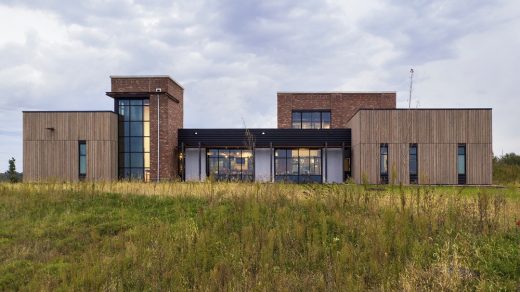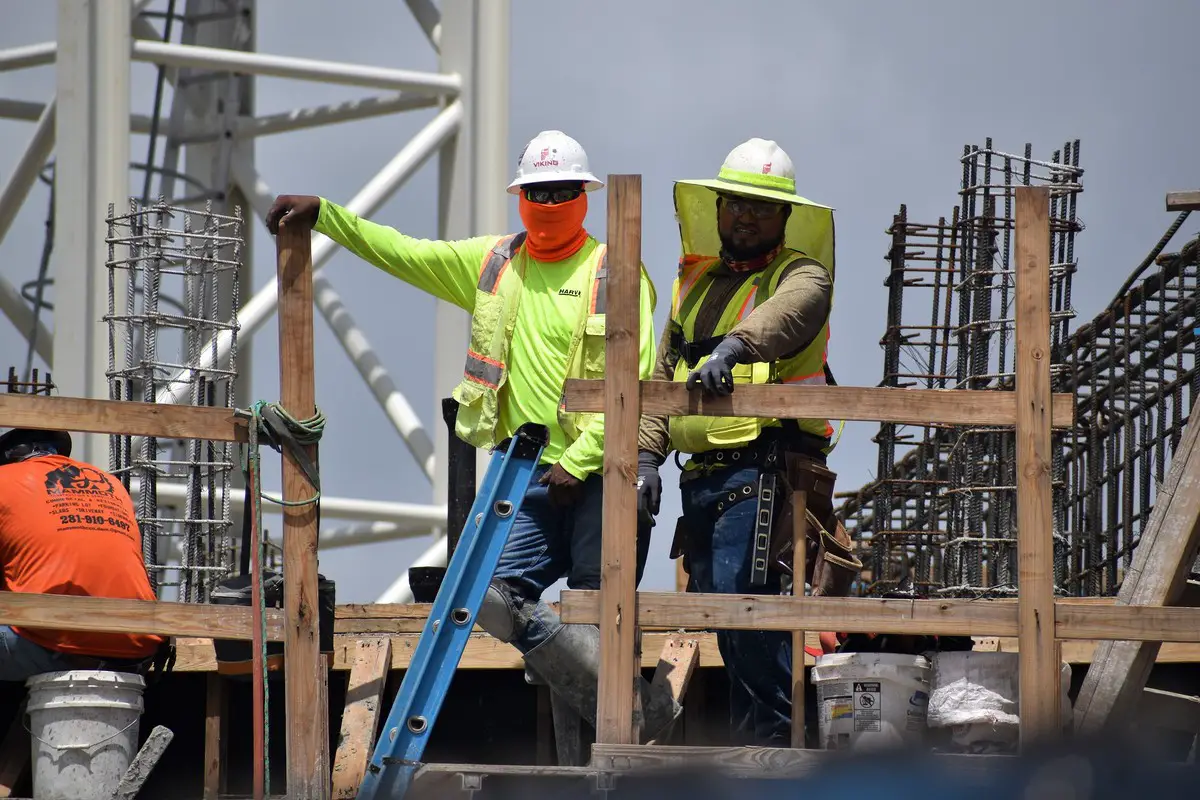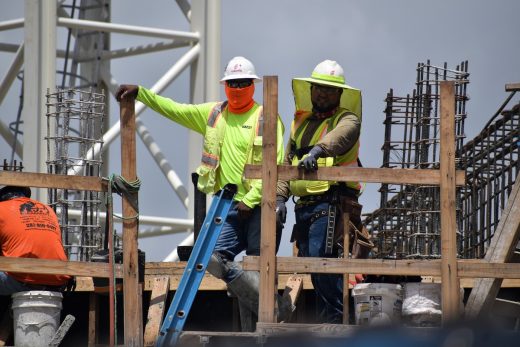Importance of wearing PPE in workplace Advice, Work Safety Guide, Clothing Tips
Importance of wearing PPE in the workplace
Oct 26, 2020
Workplace injuries are more common than you might think. 581,000 Britons suffered an injury at work between 2018 and 2019 according to Health and Safety Executive statistics. In that same timeframe, as many as 28.2 million working days were lost to work-related illness or injury. In many cases, the cause is a failure to provide or wear PPE.
The issue of PPE provision has been put firmly in the spotlight this year as the COVID-19 pandemic has created new threats for workers. While it’s use has been commonplace in industrial workplaces for years, the concept is still a relatively new one for some.
The importance of wearing PPE in the workplace
Below we break down what PPE is and discuss why it’s so important.
What is PPE?
PPE stands for personal protective equipment. It’s a term used to describe a selection of wearable items that protect people from health and safety risks in their workplace. This could cover anything from helmets to glasses, gloves and harnesses. Many specialist products are designed specifically for certain uses and environments.
The use of PPE is essential in potentially hazardous industries such as construction, engineering and manufacturing. It’s usually the legal duty of employers to provide PPE, educate workers on its correct use and ensure ongoing supervision.
It then falls to employees to follow the guidelines they’ve been given and take responsibility for their own safety.
Why is PPE important?
The primary purpose of PPE is improved worker safety. It can help to prevent or reduce a number of potentially serious workplace injuries caused by moving machinery, hazardous materials, loud noises and other risks. It should only ever be used in addition to other safety measures such as machine guarding, however.
In contributing to a safer working environment, the provision of PPE can maintain a happy, healthy workforce with fewer delays and disruptions. Avoiding preventable accidents also helps businesses steer clear of legal trouble and severe financial and reputational damage.
What types of PPE are there?
From protecting eyes and hands to safeguarding lungs, there are many types of PPE out there. Common options include:
- Eyes: Safety glasses, goggles, face shields
- Head: Helmets, hair nets
- Ears: Ear plugs, ear defenders
- Hands: Cut-resistant gloves, rubber gloves, gauntlets
- Feet: Safety boots
- Lungs: Respiratory masks
- Whole body: Overalls, chemical suits
Common hazards these items can protect workers from include falling objects, sparks, industrial noise, skin diseases, toxic fumes and chemicals. Choosing the right equipment usually comes down to evaluating the hazards involved and the amount and length of time workers are exposed to them.
In many cases workers will be required to wear multiple items at once for much of their working day. This makes comfort a key design consideration.
Would your workplace benefit from improved PPE?
Comments on this Importance of wearing PPE in the workplace advice article are welcome.
Wisconsin Architecture
Contemporary Wisconsin Architectural Designs
G5 Brewing Company, Beloit
Architects: Cushing Terrell

photo : Ryan Hainey Photography
G5 Brewing Company in Beloit
– Architectural Tours News
Design: Frank Lloyd Wright Architect

photo : Iwan Baan, Courtesy the Chicago Architecture Biennial
SC Johnson Headquarters Racine
Fortaleza Hall, Racine
Design: Foster + Partners

photo : James Steinkamp_Steinkamp Photography
S C Johnson Headquarters Wisconsin : S C Johnson Headquarters campus
Wisconsin Institutes for Medical Research Building
Design by HOK with Zimmerman Architectural Studios, Inc.

photo from architects
Wisconsin Institutes for Medical Research Building
Design Articles
Building Articles
Why personal protective equipment is important: PPE
Comments / photos for the Importance of wearing PPE in the workplace Guide page welcome







